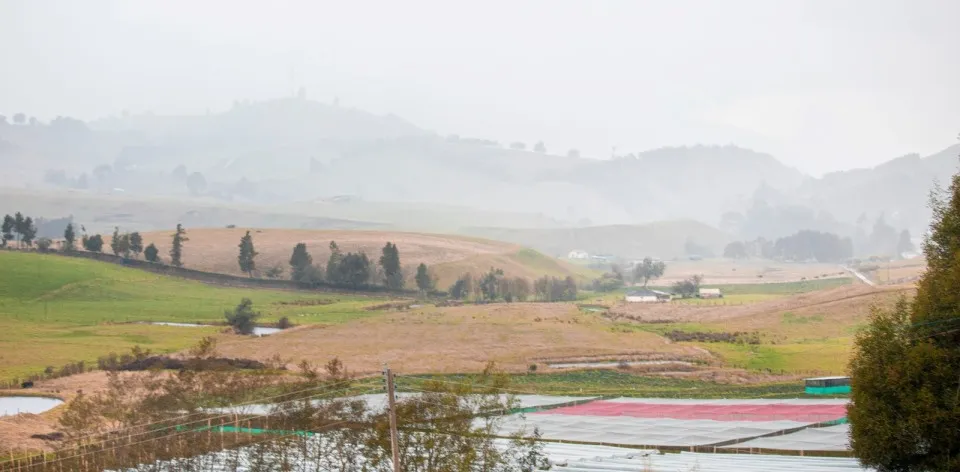PRESS ROOM
 18/7/2024
18/7/2024
The Probability of La Niña Phenomenon is Between 75% and 85% for the July-September 2024 Quarter

UPRA published the Agroclimatic Bulletin, detailing a high chance of intensification of the rainy season in the second half of the year.
Bogotá, (@UPRAColombia, @claudialili76). The Unit for Rural Agricultural Planning (UPRA) published the latest Agroclimatic Bulletin for June, detailing that the probability of the La Niña Phenomenon occurring is between 75% and 85% for the July-September 2024 quarter.
UPRA Director Claudia Cortés emphasized, "The importance of the bulletin lies in its ability to anticipate climate behavior, allowing decisions to be made about which crops to plant and harvest, or to develop mitigation measures, especially in this case, during the transition from El Niño to La Niña."
Currently, according to the IDEAM, Colombia is in a neutral stage, but the La Niña phenomenon is expected to dominate in the coming months.
Alexander Rodríguez, Technical Director of Efficient Land Use and Land Management at UPRA, explained that the Agroclimatic Bulletin "allows us to anticipate this situation in different regions of the country and act accordingly, minimizing the impact on production."
According to the bulletin, agroclimatic predictions indicate that approximately 25% of the agricultural land is at low risk from excess water during the June-August 2024 quarter.
Additionally, for the September-November 2024 quarter, 24% and 5% of the land within the agricultural frontier are expected to face low and moderate risks, respectively. The northern and central regions of the country are projected to be the most vulnerable to increased rainfall.
It is important to note that increased rainfall can promote the spread of diseases and negatively affect the flowering of permanent crops. "The risk increases in areas with high water tables and agricultural soils highly vulnerable to excess water (alluvial zones)," the bulletin notes.
It also recommends staying alert to guidance from the National Agroclimatic Technical Committee (National Agroclimatic Bulletin), regional departments (corresponding department-level Agroclimatic Bulletin), and the IDEAM Agroclimatic Bulletin to remain updated on risk management practices according to specific production systems.
UPRA compiles its bulletin using information from IDEAM and statistics from Agricultural Assessments (EVA), among other sources.

